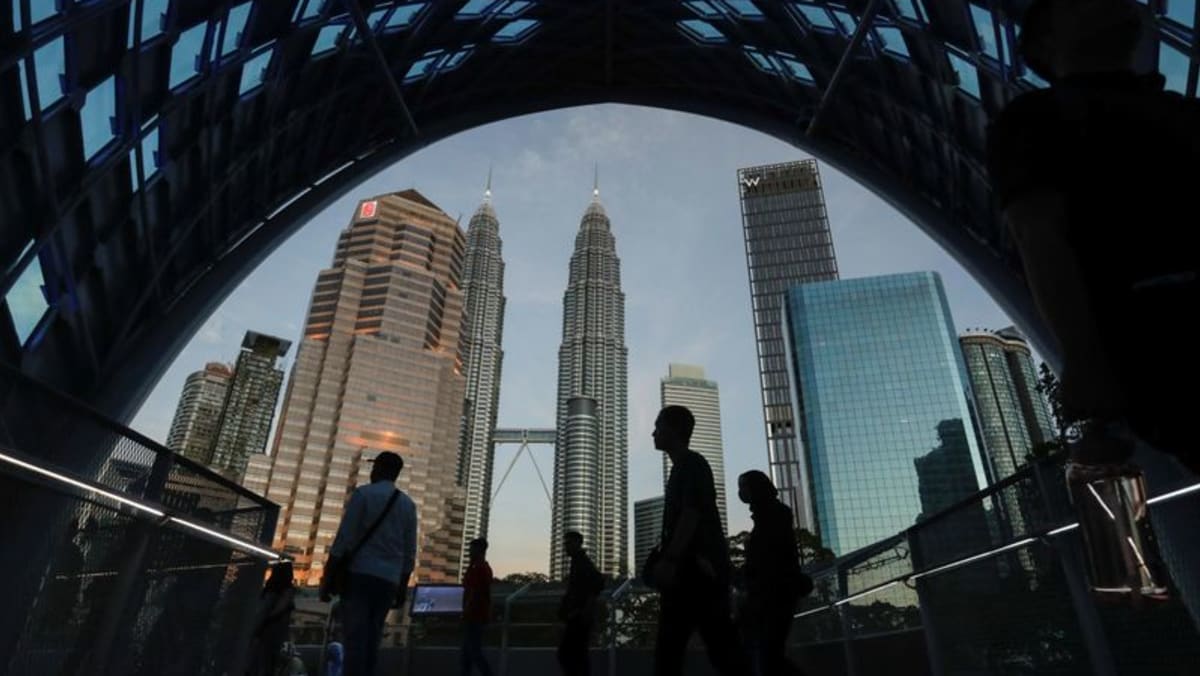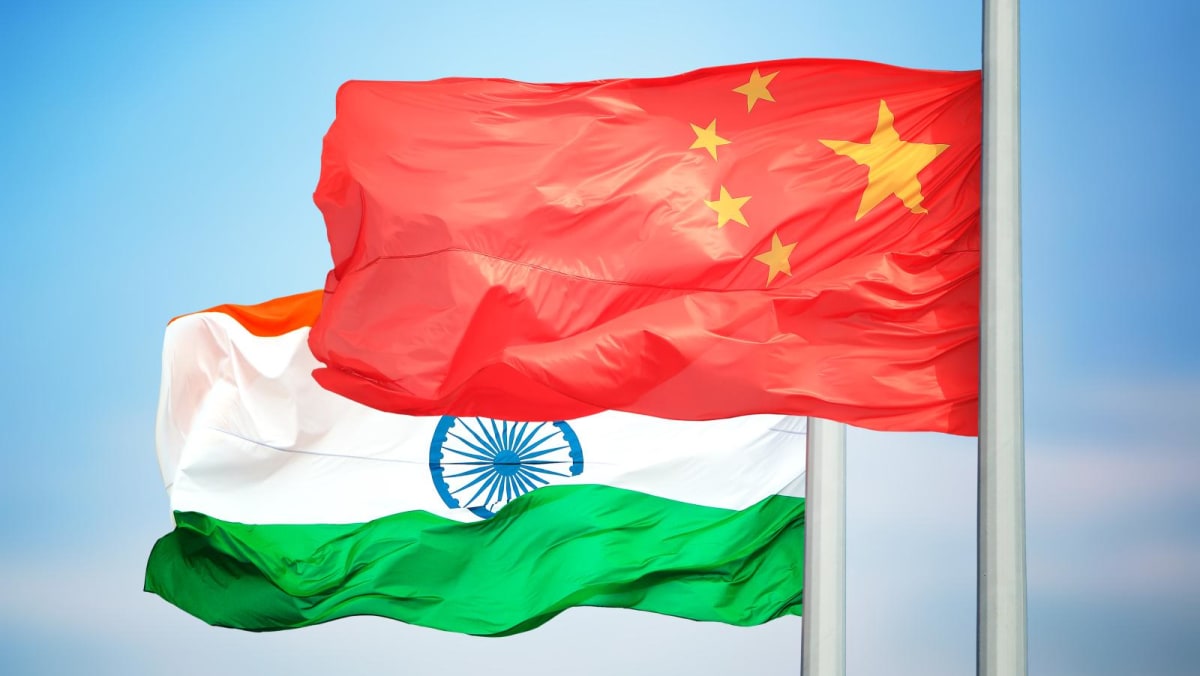Commentary: US-China tensions make it harder for Southeast Asia to go green

A case in point is the 2022 US Commerce Department investigation into eight solar panel companies in Southeast Asia (Malaysia, Thailand, Vietnam and Cambodia) accused of skirting US tariffs on Chinese-sourced materials.
That the US is heavily reliant on these four countries for photovoltaic panels – accounting for about 75 per cent on imports in 2021 – was not enough to defend against bipartisan determination to crack down on “unfair” Chinese trade practices.
Not only did the Commerce Department find the exporters guilty of skirting tariffs, but the US Congress voted to reinstate tariffs of up to 254 per cent on solar panels from Southeast Asia. President Joe Biden vetoed this legislative bid, but his waiver on retroactive tariffs only extends until June 2024.
In effect, Southeast Asian firms are caught between a rock and a hard place. They might be forced to choose between Chinese expertise and the lucrative US market, limiting their ability to grow and support their home country’s green transition.
NAVIGATING ROUGH WATERS, WITH HELP
The costs of a failed green transition are especially stark for Southeast Asia. One model by Deloitte predicted that the region could lose US$28 trillion over the next 50 years in losses from tourism, services and manufacturing if its carbon emissions are not addressed.
While these challenges are steep, they are not insurmountable. There is still room to leverage the competition between the two superpowers to support the region’s green transition.
Source: CNA















